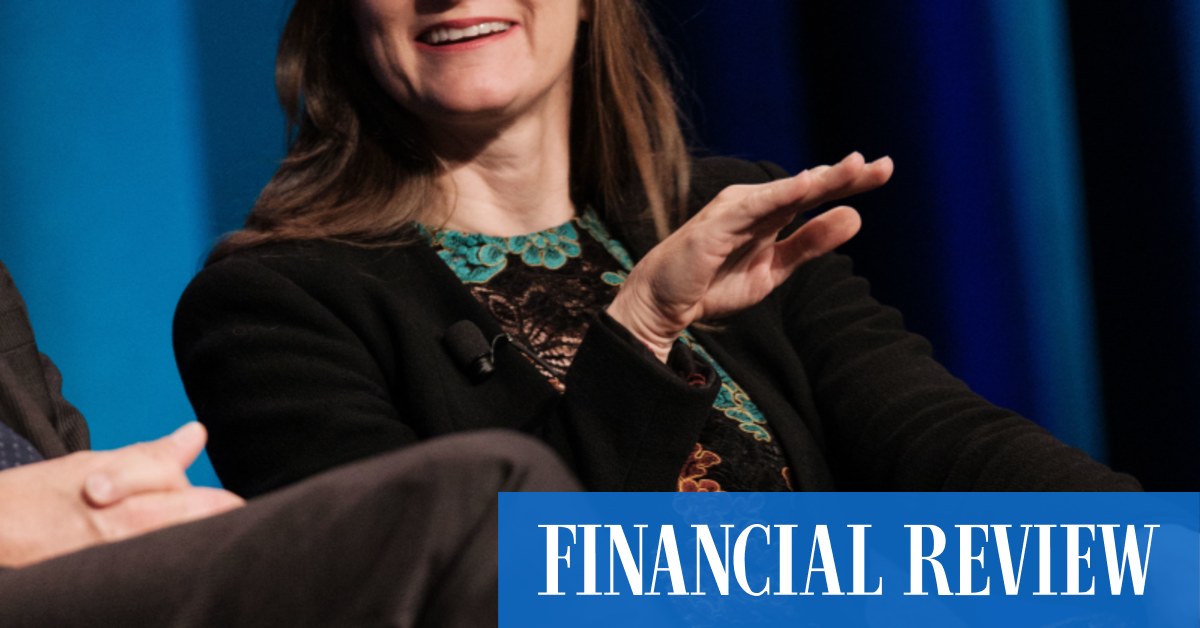Infra
HMC Capital lobs bid for Symphony Infrastructure Partners

However, it is no secret that the business’ calling card is its team’s past spoils, and its competitive position amid Australia’s requirement of 120 gigawatts of new renewable energy capacity by 2050.
Stilmark encore?
The business was founded by Steven Butler, who two years ago sold his first venture, Stilmark, a mobile towers business, to Canadian pension fund OMERS.
Graham Bradley, formerly chairman of Energy Australia and HSBC’s local business, chaired Stilmark’s board and holds the same position at Symphony.
Symphony competes with Transgrid’s unregulated business Lumea – a valuable unit in itself – which dominates connections but outsources the engineering and construction.
Symphony will own and run towers, high-voltage conductors, substations, met masts and switch rooms – any infrastructure that wind farms, data centres, batteries and the like will need to plug into the electricity grid.
All up, Australia needs to lay more than 3000 kilometres of network connection infrastructure by 2050 to hit its renewable energy targets. And Symphony and Lumea are well-placed to grab a slice of the pie.
Its foundation asset, Australian Radio Towers, has been designing and manufacturing met masts and LIDARs for wind farms since 1973 – and counts Tilt Renewables, Squadron Energy, Origin Energy, BHP and Iberdrola, among its client base.
More broadly, the business is split across two units.
The execution-focused Lighthouse Industries provides services such as resource evaluation, power systems design, civil and network engineering, and construction and manufacturing.
The second half, Solas Infrastructure, is an under-development asset owner and operator.










